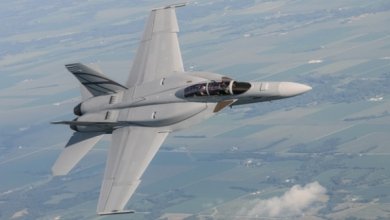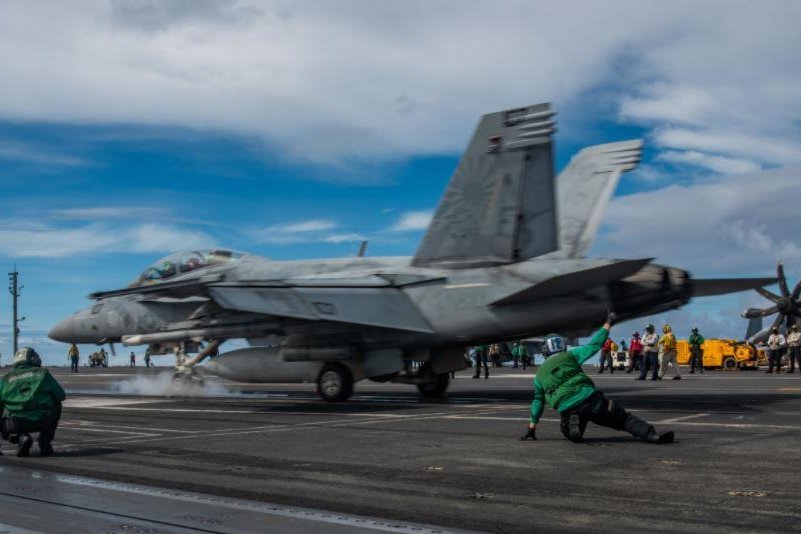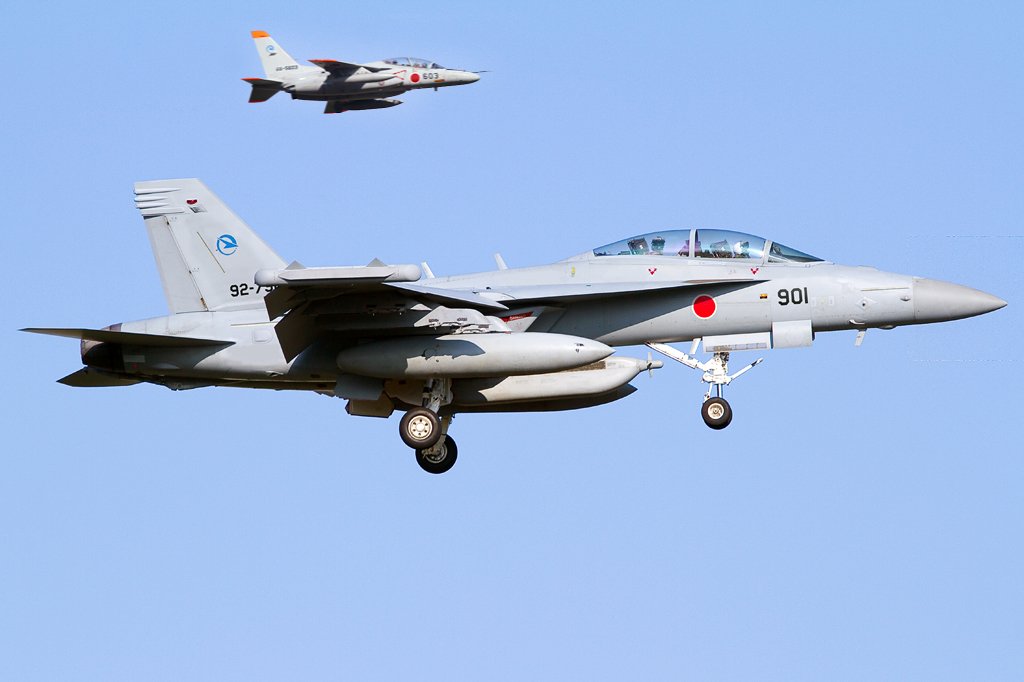BERLIN • Germany has asked the U.S. military for classified data on two Boeing fighter jets as it looks to replace its aging Tornado warplanes, giving a potential boost to the U.S. company locked in a trade dispute with Canada and Britain.
A letter sent by the German defense ministry's planning division, reviewed by Reuters, said it had identified Boeing's F-15 and F/A-18E/F fighters as potential candidates to replace the Tornado jets, which entered service in 1981. Both fighters are made in St. Louis.
A classified briefing is expected to take place in mid-November, following a similar briefing provided by U.S. officials about the Lockheed Martin Corp. F-35 fighter jet in July.
The ministry has said it is also seeking information from European aerospace giant Airbus, which builds the Eurofighter Typhoon along with Britain's BAE Systems and Italy's Leonardo.
The development is a boost for Boeing at a time when it is under fire from Canada and Britain after its complaint prompted the United States to impose a preliminary 220-percent duty on CSeries jets built by Bombardier.
Boeing said it was working with the U.S. government to provide the information that Germany had requested.
Germany, due to decide in mid-2018 about how to replace the Tornado planes, announced plans in July to build a European fighter jet together with France. But the new jet is unlikely to be available by 2025, when Germany's fleet of Tornado fighters are slated to start going out of service.
Sources familiar with the process said Germany was pursuing a two-pronged approach under which it would buy an existing fighter to replace the Tornado, while working with France on a new European jet to replace its Eurofighters at a later point.
Analysts said the Tornado replacement order could be worth tens of billions of dollars, although Germany is still reviewing how many jets to buy and at what pace.
The letter said a formal request for information about the pricing and availability of all three U.S. fighter jets was being compiled and would be issued by the end of the month.
Boeing under fire
Britain told Boeing this week that future defense contracts could be in jeopardy because of its trade dispute with Canada's Bombardier, noting that U.S. tariffs would put up to 4,200 jobs at risk at a plant in the British province of Northern Ireland that makes the CSeries jet's carbon wings.
Canadian Prime Minister Justin Trudeau has also said he will not go ahead with plans to buy 18 Boeing F/A-18 Super Hornet jets unless the dispute is dropped.
Any move by Germany to buy a U.S. warplane could run into political resistance from strong labor unions and Airbus, which has also raised concerns about the ministry's plans to choose between two U.S. helicopters for its heavy lift program.
Britain, the Netherlands, Norway, Turkey and Italy — key NATO allies of Germany — are already buying the F-35 fighter jet to replace their current aircraft, and other European countries such as Switzerland, Belgium and Finland are also looking at purchasing the fifth-generation warplane at time when tensions with Russia are running high.
Military sources say buying a U.S. jet could make sense for Germany given technical challenges with the Eurofighter.





